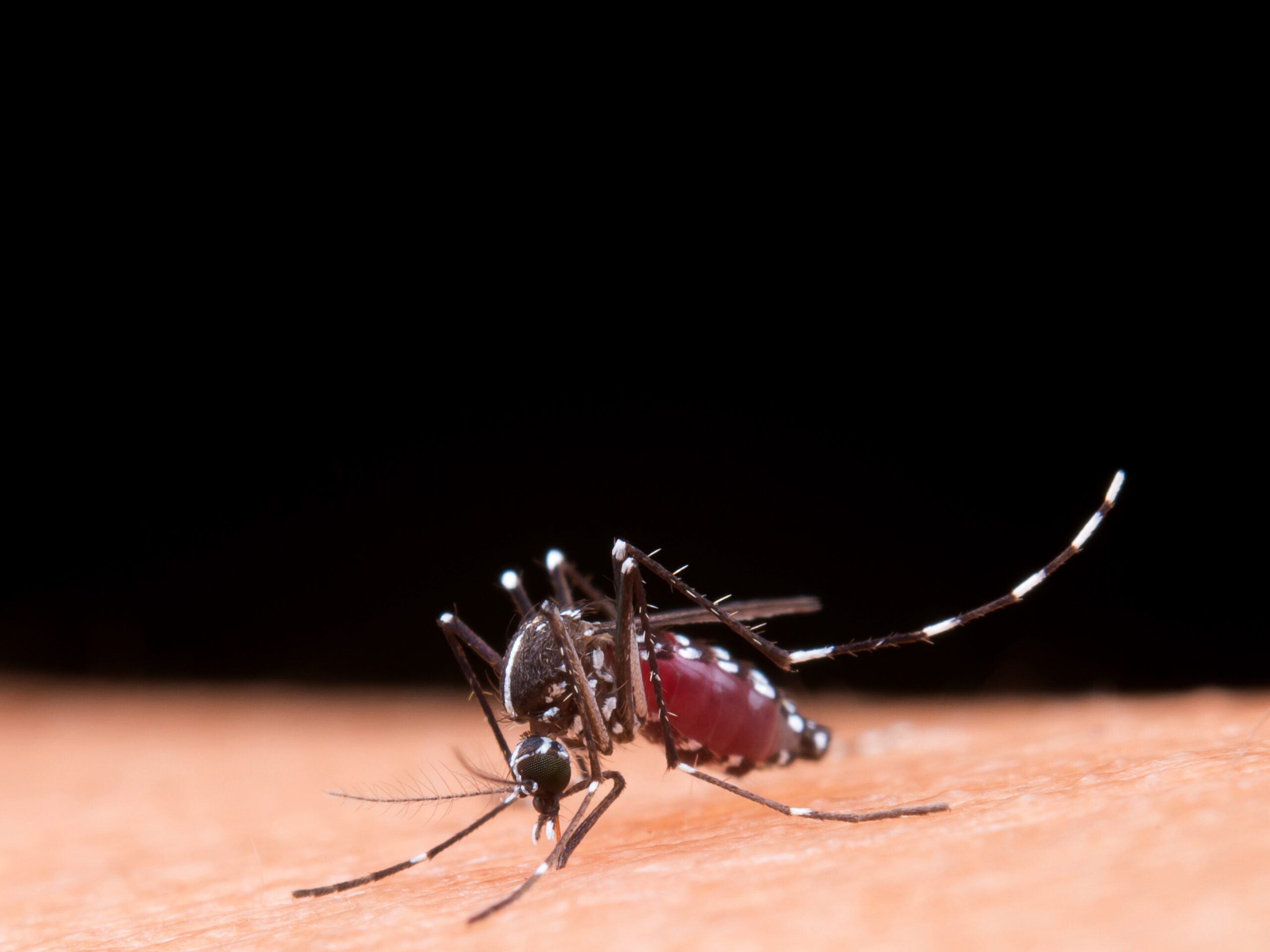The primary goal of this project was to apply molecular biology techniques to study the genetic expression profiles of malaria parasites and validate the quality and accuracy of the generated data through bioinformatics analysis.
Specific objectives included:
Isolating high-quality nucleic acids (DNA and RNA) from malaria-infected human blood.
Conducting RNA to cDNA synthesis followed by quantitative PCR (qPCR) for gene expression profiling.
Validating amplicons through gel electrophoresis and Sanger sequencing.
Implementing bioinformatics analysis for quality control, read alignment, and expression quantification.
Ensuring biosafety compliance and ethical handling of human samples

Successfully optimized and validated qPCR assays for gene expression analysis.
Generated high-quality DNA and RNA extracts suitable for sequencing and downstream studies.
Produced validated sequence data confirming target gene specificity.
Applied bioinformatics techniques to interpret molecular data and assess gene expression trends.
Strengthened practical experience in integrating wet-lab techniques with computational analysis
This research enhances understanding of molecular mechanisms underlying malaria infection through integrated experimental and computational analysis.
The study contributes to:
Improved molecular diagnostic methods for malaria surveillance.
Capacity development in African genomics research and precision medicine.
The advancement of data-driven molecular parasitology by combining high-quality benchwork with computational validation.

Laboratory Techniques: Nucleic acid extraction, cDNA synthesis, qPCR, gel electrophoresis, Sanger sequencing
Software & Bioinformatics Tools: FastQC, BLAST, BWA, R for expression quantification and visualization
Equipment Used: Thermal cycler, gel documentation system, spectrophotometer, qPCR machine
Data Type: Amplicon sequence data from malaria-infected blood samples.